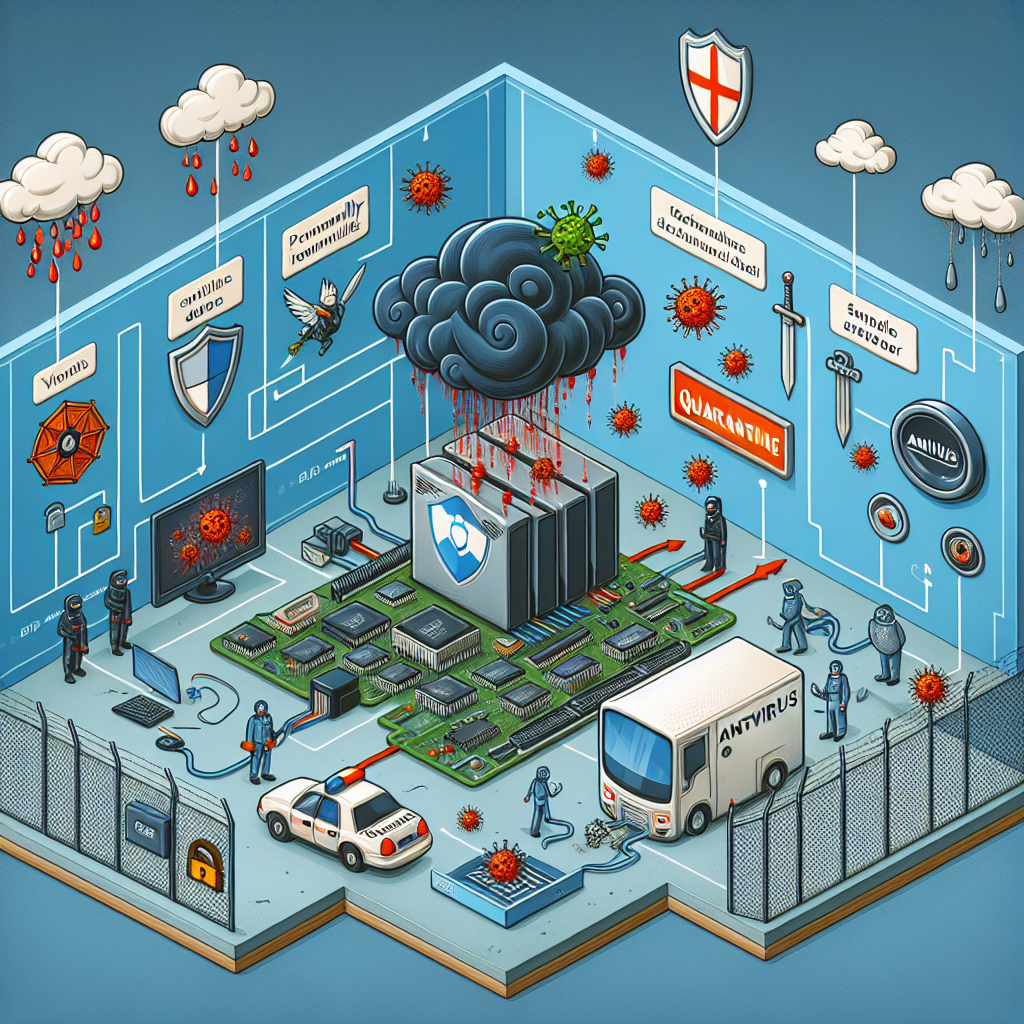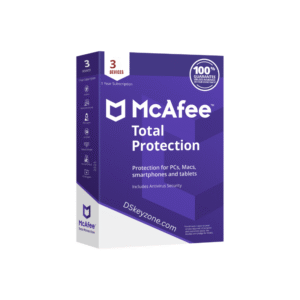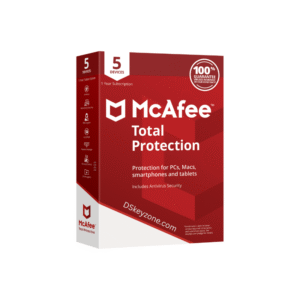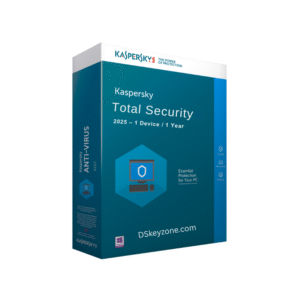Quarantine: A Critical Step in Malware Management
In the realm of cybersecurity, one of the most critical components of antivirus software is its ability to effectively manage malware threats. At the heart of this process lies a feature known as quarantine. Antivirus software employs advanced heuristics for malware detection, which allows it to identify suspicious behavior and patterns that may indicate the presence of malicious software. Heuristics work by analyzing the behavior of files rather than relying solely on known virus signatures, which is particularly beneficial in detecting new or modified malware variants that traditional signature-based methods might miss.
Once a potential threat is identified, the quarantine feature comes into play. Quarantine isolates these suspected threats during the scanning and removal processes, effectively preventing them from causing further harm to the system. By placing these files into a secure environment, the antivirus software ensures that they cannot execute or interact with other applications or files on the computer. This isolation allows users to review the quarantined items and decide whether to delete them or restore them if they are deemed safe. The quarantine process is a fundamental step in malware management, as it provides a buffer between the threat and the user’s data, ensuring that the system remains secure while the situation is assessed.
Analyzing the Various Scanning Techniques Employed
Antivirus software employs a variety of scanning techniques to ensure effective malware detection, each with its own unique methodology and advantages. The most common methods include full system scans, quick scans, and custom scans, each designed to cater to different user needs and scenarios. Full system scans are comprehensive and examine every file on the computer, while quick scans focus on the most vulnerable areas where malware is likely to reside. Custom scans allow users to specify particular files or folders for examination, providing flexibility in addressing specific concerns.
Heuristic analysis plays a pivotal role in enhancing protection by identifying new threats quickly. This proactive approach means that even unknown malware can be detected based on its behavior rather than relying solely on a database of known threats. By analyzing the actions and characteristics of files, antivirus software can flag potentially dangerous items before they have the chance to execute harmful actions. This combination of various scanning techniques and heuristic analysis creates a robust framework for malware detection, significantly improving the overall security posture of the system.
Methods of Safe Removal of Infected Files
The safe removal of infected files is a paramount concern for any antivirus software. To achieve this, antivirus programs utilize a thorough scanning process for malware detection. When a threat is identified, the software immediately places the infected files into quarantine. This critical step ensures that the files are isolated from the rest of the system, preventing any further damage or spread of malware.
Once the files are quarantined, users are presented with options for removal. The antivirus software typically provides a straightforward interface that allows users to delete the infected files permanently or restore them if they are mistakenly flagged as threats. This dual approach ensures that users maintain control over their data while also safeguarding their systems from potential harm. The ability to analyze and manage quarantined files effectively is essential to the malware removal process, ensuring that users can navigate the complexities of cybersecurity with confidence and clarity.
The Necessity of Timely Updates for Optimal Performance
In the ever-evolving landscape of cybersecurity, the necessity of timely updates for antivirus software cannot be overstated. Regular updates enhance malware detection and scanning efficiency, ensuring that the software is equipped to handle the latest threats. Cybercriminals are continually developing new malware strains, and without up-to-date definitions and heuristics, antivirus software can become ineffective, leaving systems vulnerable to attacks.
Moreover, regular updates improve the quarantine and removal of threats, as they often include enhancements to the software’s algorithms and detection capabilities. By consistently updating the antivirus program, users can be confident that they are protected against the most recent threats and that the software is operating at its peak performance. This commitment to maintaining an updated antivirus solution is a fundamental aspect of a comprehensive cybersecurity strategy.
Combining Antivirus and Firewall for Comprehensive Defense
To achieve a comprehensive defense against cyber threats, it is essential to combine antivirus software with a robust firewall. While antivirus software scans for malware and quarantines detected threats, a firewall enhances protection by blocking unauthorized network access. This layered approach to security creates a formidable barrier against both external and internal threats.
The synergy between antivirus software and a firewall ensures that not only are malicious files identified and isolated, but also that potential hackers and unauthorized users are kept at bay. By monitoring incoming and outgoing network traffic, the firewall can prevent malicious entities from infiltrating the system, while the antivirus software works diligently to detect and remove any threats that may have slipped through. Together, they form a comprehensive defense strategy that fortifies the system against a wide array of cyber threats, providing users with peace of mind in an increasingly digital world.








